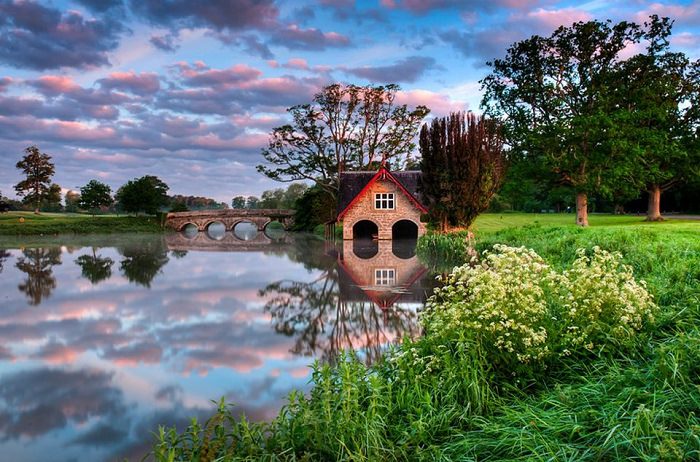
With its castles, gardens, rivers, and valleys, Ireland is a combination of breathtaking vistas, gorgeous architecture and wildernesses that seem go on for eternity. Politically separated into two countries, but universally beautiful, come and discover the Republic of Ireland and Northern Ireland, and feel your wanderlust awaken once again:
Click on the name to see the place on the map
1. Cork
Cork is Ireland’s third-largest city and is located on an island in the River Lee delta. Its colorful houses add to the fairy-tale sensation in the area and attract tourists all year round. The photo below shows Cobh, at the entrance to Cork Harbor.
This small fishing harbor is located in County Antrim in Northern Ireland, adjacent to a picturesque village with the same name. If you want to feel what it’s like to live in an authentic Irish village, this is the best place to experience it.
This fortified medieval castle was built in 1228. The castle is located in County Galway and overlooks Loch Coirib – a charming lake in the western part of Ireland.
This stunning garden was planted in 1790 and was left unattended by people for the following 200 years. Nowadays, you can take a leisurely stroll alongside the trees, small waterfalls and tiny bridges that span the many streams running through it.
The city of Dublin is split into two halves by the River Liffey, which flows for 125 kilometers (77.5 miles). Both sides of the city are connected via 12 bridges, all offering spectacular views of the river.
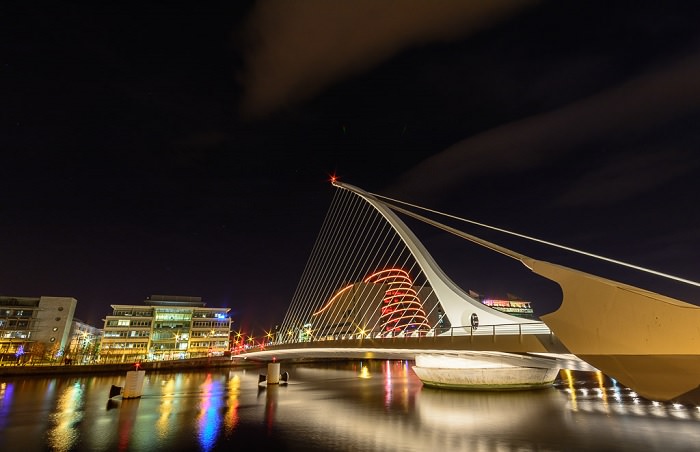
This is a Neolithic burial site, which is one of the oldest of its kind ever discovered in Europe and recognized as a World Heritage Site by UNESCO. At its center, you will find a giant burial mound, surrounded by 97 large boulders.
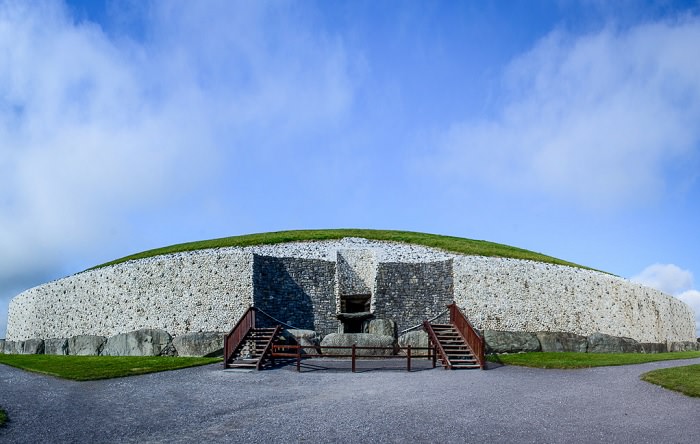
7. Clare County
Clare County is filled with tiny villages and towns, most of which are replete with preserved classical Irish architecture from the island’s earliest days.
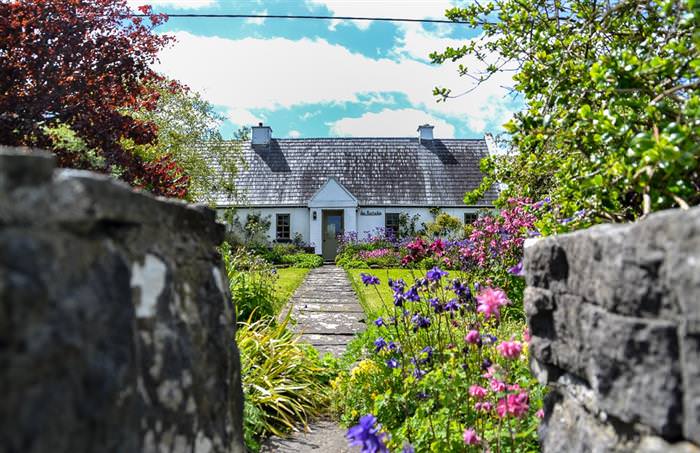
Located on the northeastern coast of Northern Ireland, the Giant’s Causeway is a popular geological site that features a gigantic battery of basalt pillars. Geologists suggest that this structure was formed some 60 million years ago as a result of a volcanic eruption.
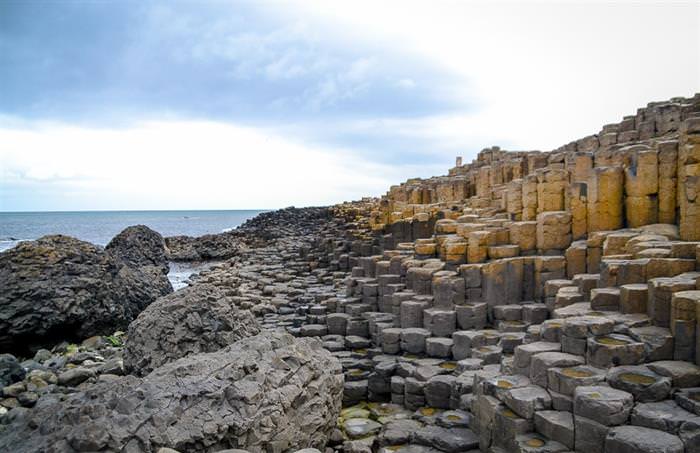
This abbey was constructed in the 18th century and is located near the city of Galway.
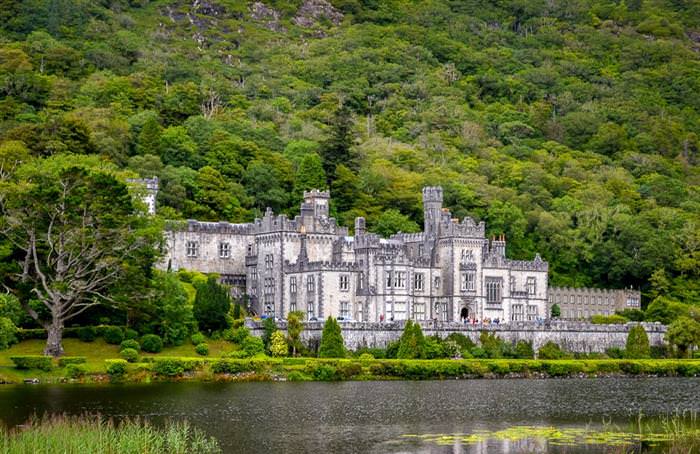
10. Inch Abbey, Down
On the northern bank of the Quoile River lie the remains of an ancient abbey. This site is located to the north of the city of Downpatrick, County Down.

11. Poulnaborne Dolmen, Claire
Known as the “Hole of Sorrows”, this dolmen is a Neolithic headstone used to mark the burial place of outstanding individuals.
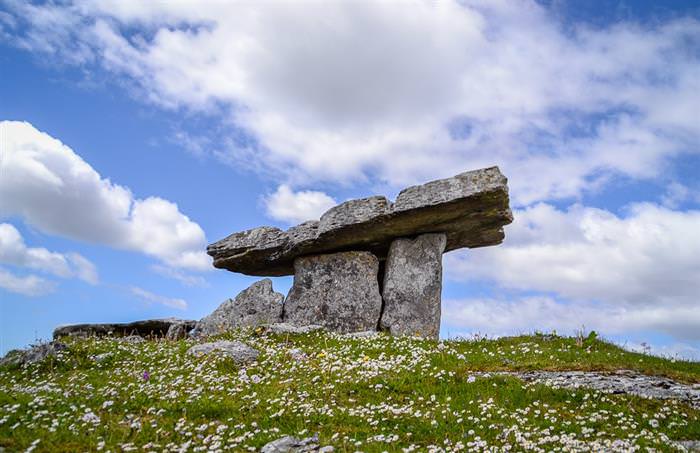
A statue of Jesus, located in a central vantage point, allows it to overlook the entire valley beneath it.
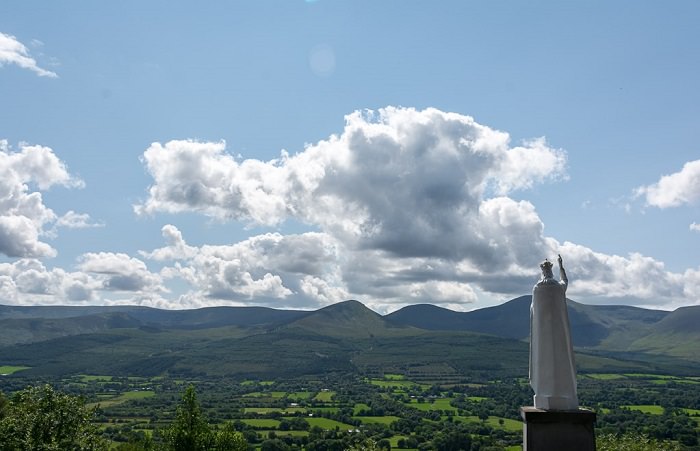
Ireland’s largest island is home to some 3,000 people. The island offers a variety of routes one can travel, either on foot or by horse, which will take you through amazing sights and past ancient castles.
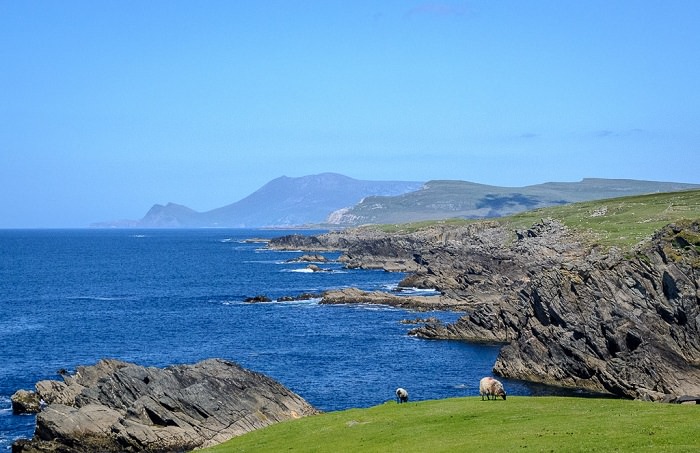
A famous trail in the shape of the letter ‘V’, which is known for its breathtaking views of the entire region.
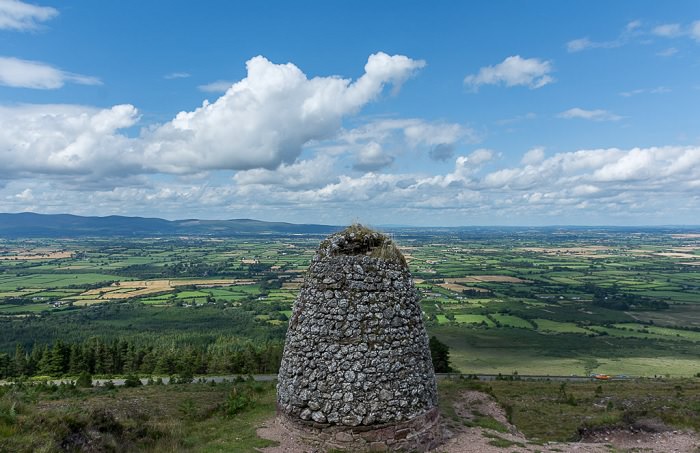
County Kerry is located in the south of Ireland and includes plenty of rocky terrains, including two of Ireland’s highest mountains.
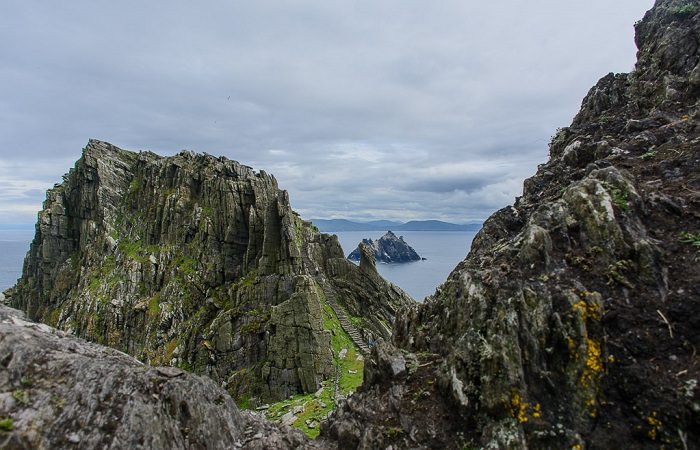
Croagh Patrick Mountain (named after St. Patrick) is located in the center of County Mayo and rises to a height of 764 meters (2,506 feet). In July of each year, this mountain attracts thousands of Christian pilgrims that ascend it barefoot.
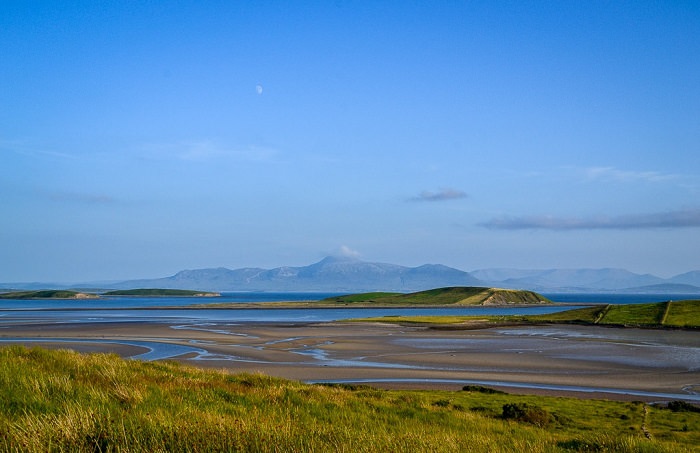
17. Glendalough Valley, Wicklow
In Irish, Glendalough means “Valley of Two Lakes”. It is a region filled with crystal-clear lakes, lush vegetation, and stunning vistas. If you’re visiting Ireland, this valley is a must-see!
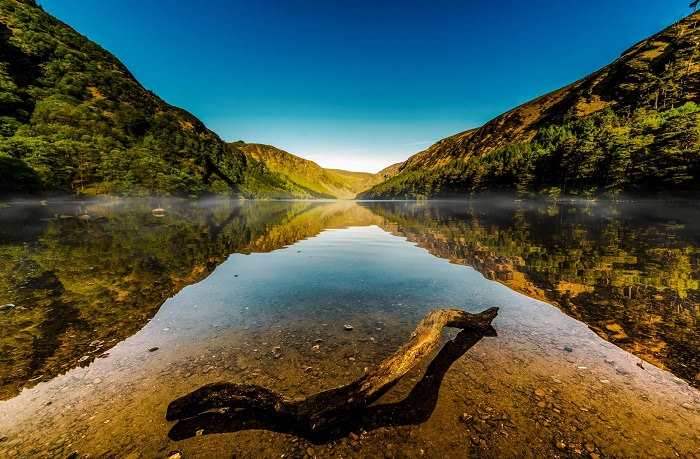
18. The Carton House, Maynooth
This small manor is located in the picturesque town of Maynooth, and is the ancestral seat of the Earls of Kildare and the Dukes of Leinster. Many of the houses in the town are built in the Georgian style and are just one example of the fantastic beauty that hides behind every corner and every mountain in this beauty-filled country.
